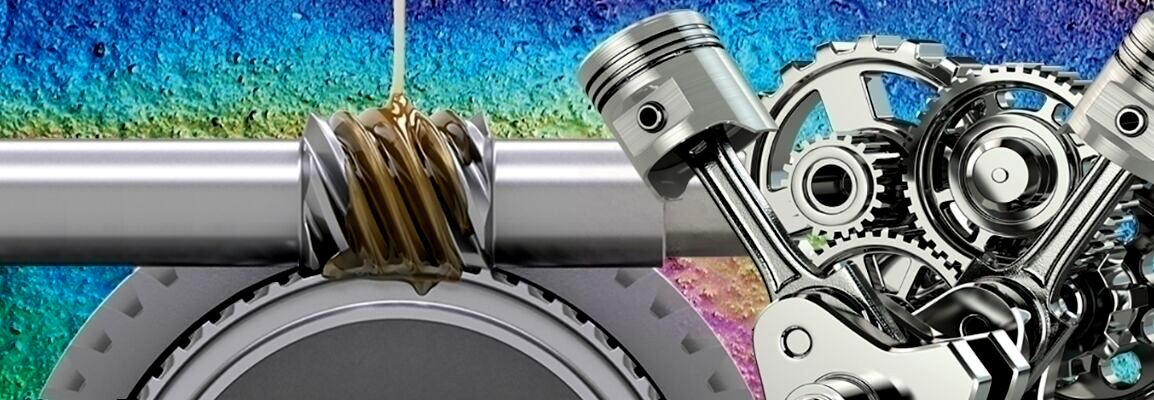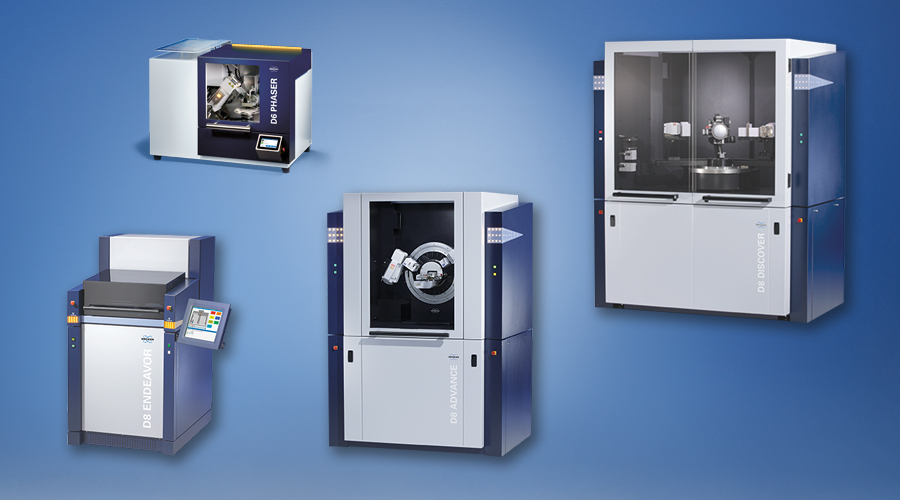

Mechanical Analysis
Characterization of Mechanical Properties with Nano and Microindentation Testing
Localized mechanical properties can play a significant role in determining the longevity and performance of thin films and coatings. Consequently, knowledge and surveillance of these mechanical properties under relevant environmental and operating conditions is critical to ensuring consistent, reliable engineering performance and enhancing product survival.
Nanoindentation and microindentation-based techniques – with highly precise in-situ test positioning and patented models for removing substrate effects – allow intrinsic quantitative measurement of the modulus, hardness, fracture toughness, creep, stress relaxation, and viscoelastic properties of localized regions of film and coating systems under a range of environmental conditions. Moreover, high-precision in-situ indentation testing allows a true observation of small volume and subtle surface deformations, with reduced sensitivity to thermal drift, even under extreme and technically demanding operating conditions.
Nanoscale-to-Microscale Investigation of Tribological and Adhesive Properties
High accuracy localized tribology testing can generate critical information about the deformation and failure mechanisms of film and coating systems, yielding data that is essential to improving final-product performance and production efficiency. This makes nanoscale-to-microscale tribological characterization via scratch testing essential for the streamlined development, optimization, and implementation of new film and coating technologies. Nanoscratch and micron-scale scratch testing permits high accuracy quantitative measurement of localized tribological properties – including friction coefficient and wear rate – as well as coating/substrate interfacial adhesion, critical scratch force, critical load, and delamination force. Advanced nanoscratch technology and techniques not only enable discovery of conditions causing damage or failure; defining test protocols for repeatedly scratching the surface of the sample with a defined normal load also enables reciprocating wear testing.
This type of high-precision performance evaluation of the material in-situ under scratch loading conditions also builds vital understanding of film and coating performance relationships and enables researchers to gain a comprehensive understanding of microstructural and interfacial features within thing films and coatings to drive enhancements in overall coating performance.
Quantitative Characterization of Novel Ultra-Thin & Thin Films
Successful integration of ultra-thin (<50nm) and thin films (50nm to 500nm) into usable products requires the ability to precisely and reliably measure mechanical, tribological, and interfacial properties of films only a few atomic layers thick. Nevertheless, prevalent guidelines concerning indentation and scratch depth allowances can be challenging to execute, especially when the film thickness goes below 200 nm.
Nanoindentation and nanoscratch testing provide an ideal means for direct and continuous measurement of critical mechanical and tribological properties of novel ultra-thin and thin films. In these cases, characterization of the stiffness, depth, load profile, yield strength, and the intrinsic elastic modulus – as well as detection of the subtle onset of delamination – under relevant environmental and operational conditions can be calculated almost instantaneously. Moreover, these technologies and techniques enable the force sensitivity, displacement sensitivity, and control algorithms necessary to make precise quantitative measurement of time- and temperature-dependent mechanical properties even for ultra-thin films.

